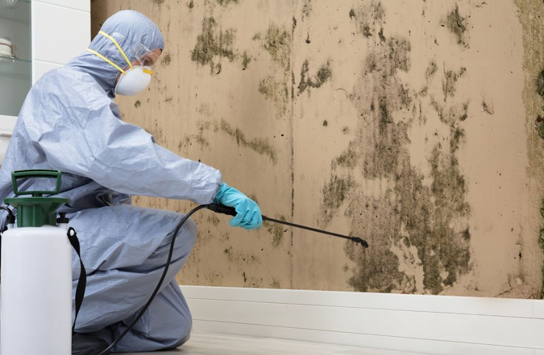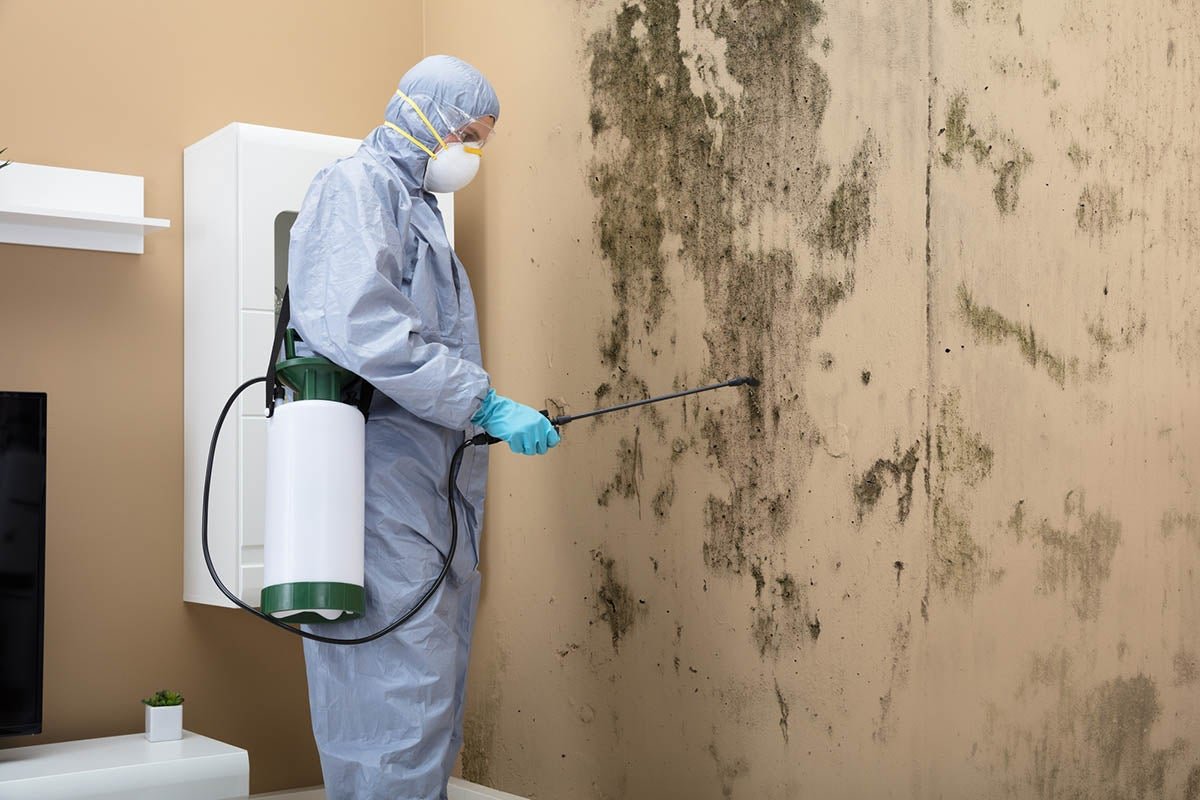High humidity, defined as relative humidity above 55%, creates ideal conditions for mold growth when combined with organic materials and oxygen. Condensation occurs when warm, humid air meets cooler surfaces, depositing moisture that fosters mold within 24-48 hours. Mold digests organic substrates like drywall, carpet, insulation, paper, or food, potentially compromising a building’s structural integrity.
Health and Structural Risks
It seems likely that mold in humid environments can exacerbate respiratory issues, including coughing, shortness of breath, or asthma flares, particularly in allergic or immunocompromised individuals. While severe outcomes are rare, prolonged exposure may lead to chronic symptoms in sensitive groups. Structurally, mold degrades materials, increasing repair costs if unaddressed.
Prevention and Remediation
Maintaining indoor humidity between 30-50% using HVAC systems, dehumidifiers, and ventilation is key to prevention. For existing mold, professional remediation is recommended to safely remove growth and address moisture sources like leaks. Simple tools like humidity gauges (often <$50) help monitor levels.
High humidity, specifically relative humidity exceeding 55%, is a primary driver of mold growth in buildings, as it provides the moisture needed for spores to germinate on organic surfaces such as drywall, carpet, insulation, paper, wood, or food. Mold spores, ubiquitous in air, require water activity levels above 0.9 (equivalent to ~60% humidity) and temperatures between 40-100°F to thrive, with surface mold forming within 24-48 hours under optimal conditions. Condensation, where water vapor turns liquid upon contacting cooler surfaces (e.g., windows, walls), is a common trigger, often linked to water damage from leaks, flooding, or poor ventilation. Mold’s ability to digest organic materials can weaken structural components, leading to costly repairs if left unchecked. For example, mold on drywall can degrade its paper backing, while growth in insulation reduces thermal efficiency.
Health risks from mold in high-humidity environments primarily affect those with allergies (10-20% of the population), asthma, or weakened immune systems. Common symptoms include respiratory issues (coughing, wheezing, shortness of breath), nasal congestion, throat irritation, skin rashes, and worsening asthma. In rare cases, exposure to toxigenic molds like Stachybotrys chartarum or Aspergillus may cause severe symptoms, including chronic sinusitis or, in immunocompromised individuals, invasive infections, though such outcomes are uncommon in healthy people. Mycotoxins, produced by certain molds, can exacerbate symptoms, but their impact in typical indoor settings is debated, with limited evidence of widespread neurological or fatal effects. Water damage, such as from slow leaks or flooding, often hides mold behind walls or under flooring, increasing health and structural risks if not addressed promptly.
Preventing mold requires maintaining indoor relative humidity between 30-50%, achievable through multiple strategies. Heating buildings to appropriate levels (e.g., 68-72°F in winter) prevents cold surfaces that promote condensation. Adequate ventilation, using exhaust fans in bathrooms and kitchens or opening windows, reduces moisture buildup from activities like cooking, showering, or using appliances (dryers, stoves, humidifiers). HVAC systems with dehumidification capabilities can extract moisture before circulating air, but they must be active during high-moisture activities like carpet cleaning to prevent humidity spikes. Fans and open doors enhance airflow, preventing stale, humid air from accumulating. Humidity gauges, available for under $50 at hardware stores or online, provide accurate monitoring of indoor levels. Dehumidifiers are effective in high-risk areas like basements, with models sized appropriately for room square footage (e.g., 30 pints/day for 500-800 sq ft).
If mold is already present, professional remediation is essential, especially for areas larger than 10 square feet, as DIY efforts may spread spores. Qualified professionals assess moisture sources, test for mold types, and provide a prioritized action plan, often including containment, removal with HEPA vacuums, and repairs to prevent recurrence. For small areas, cleaning with soap/water or a 1:10 bleach solution, wearing N95 masks, can be effective, followed by thorough drying. Addressing water damage, such as fixing leaks within 24-48 hours, is critical to prevent hidden mold growth behind walls or under floors. Mold-resistant materials, like treated drywall or paints, can be used in renovations to reduce future risks.
In summary, high humidity above 55% fuels mold growth, posing health and structural risks that demand proactive prevention through humidity control and prompt remediation of water damage. Professional intervention ensures safe mold removal, while HVAC systems, ventilation, and monitoring maintain a mold-free environment.




